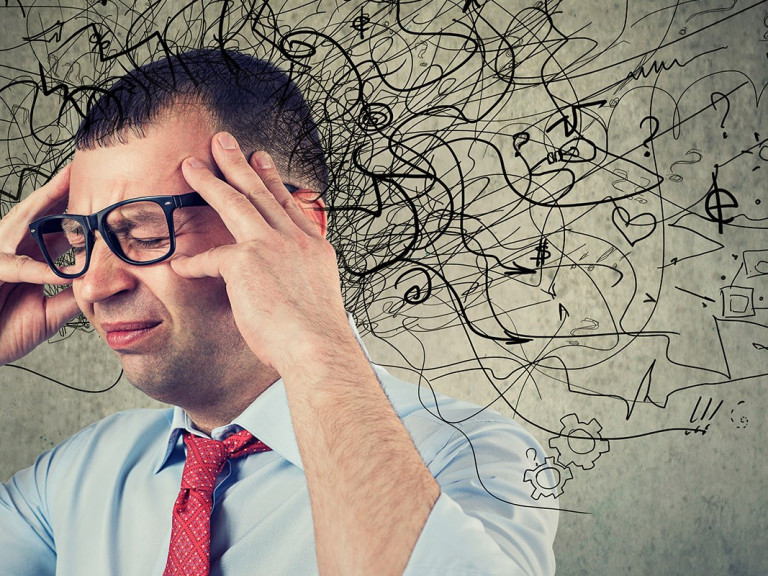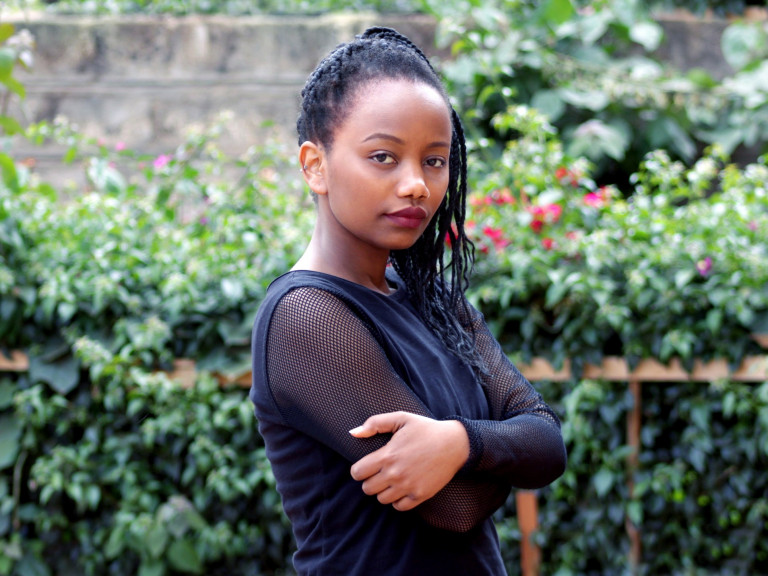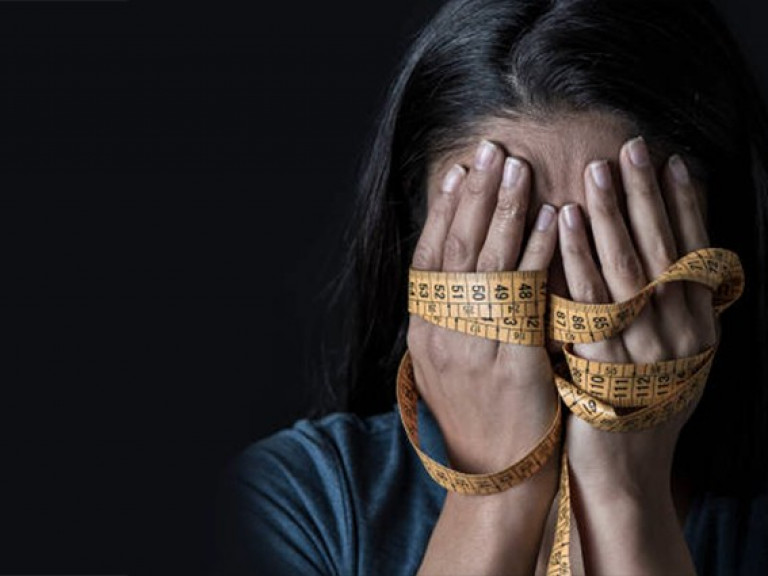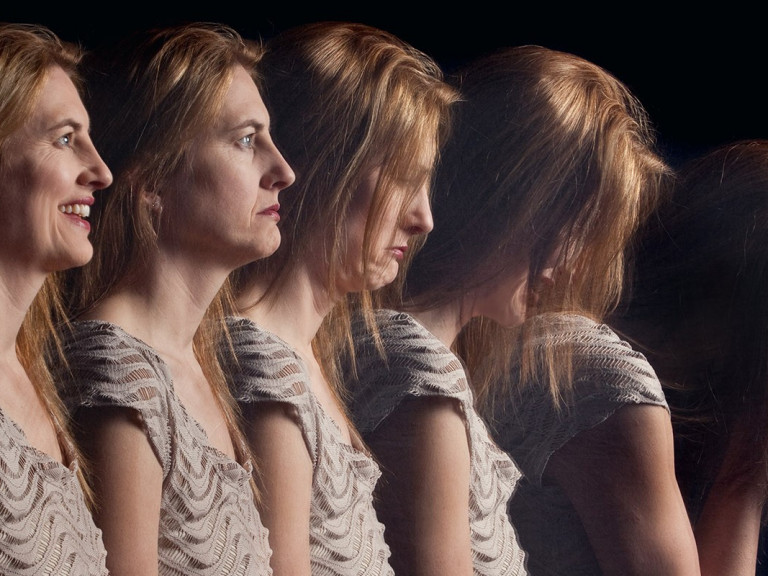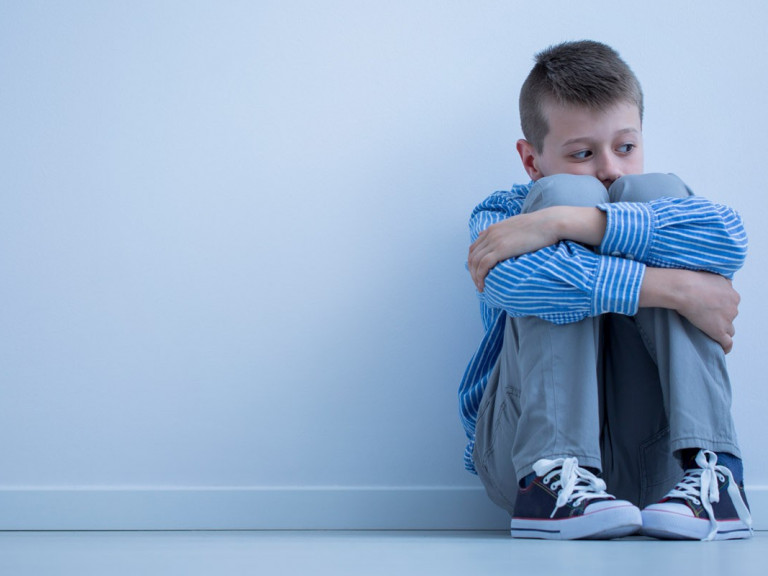More than Mood Swings? Signs and Symptoms of Bipolar Disorder
We all experience mood swings. Whether we’re reacting to life’s ups and downs or our emotions seemingly come out of nowhere, moodiness is part of the human condition. But severe highs and lows, impulsive behaviors, and extreme swings that impact your daily life could be symptoms of bipolar disorder.
Now, when some people hear about bipolar disorder, they might feel afraid. Like generalized anxiety disorder, panic disorder, OCD, and major depressive disorder, bipolar disorder is considered a lifelong diagnosis.
But like other disorders, with proper treatment and support, you can manage your moods and move towards stability. At Goodman Psychologist Associates, we treat many mental health concerns, including bipolar disorder. Please reach out--we're here to help you get back on track.
What Is Bipolar Disorder?
Bipolar disorder is characterized by intense highs (mania), moderate highs (hypomania), and severe lows (depression). These mood changes may come on suddenly and last for several days.
That said, just like many other disorders, bipolar disorder gets a bad rap and is often misunderstood. People think it means a lifelong relationship with "heavy duty" mood-stabilizing medication. They may worry that they won’t be able to control themselves during manic episodes or that bipolar disorder will affect their ability to make rational decisions and maintain relationships.
While the symptoms of bipolar disorder can be intense when left unchecked and untreated, it's important to let go of the stigma. With guidance, most people can get their bipolar disorder symptoms under control and regain a sense of stability and happiness.
The other reason bipolar disorder concerns people is that it’s widely misunderstood. We may see portrayals in the media that paint “manic depression” (as it used to be known) in a very unflattering light. Dr. Ken Duckworth, medical director for NAMI, explains, "The public's understanding of bipolar disorder remains unacceptably low, yet with proper diagnosis and treatment, people with bipolar disorder can reclaim their lives and avoid many of the unintended consequences of this disease."
The truth is that bipolar disorder is extremely widespread. Bipolar disorder affects nearly 7 million worldwide, including approximately 2.3 million Americans. The condition is surprisingly common—no one should feel alone with their diagnosis.
Exploring the Symptoms of Bipolar Disorder
If you're reading this and wondering, "could I have bipolar disorder?" Or "could my teenager have bipolar disorder?" It helps to familiarize yourself with symptoms and signs.
Most people with bipolar disorder are diagnosed in their young adult years—typically in their early 20s. Still, symptoms of bipolar disorder often start to emerge and appear during the teenage years, when emotions are especially tough to manage. It can also mimic many other diagnoses, particularly depression. In some cases, it can be over-diagnosed too. A significant number of people are diagnosed with bipolar disorder when they're mainly depressive.
When the onset of bipolar disorder is in the teen years, it's difficult to pinpoint and diagnose. In teenagers, the symptoms of bipolar disorder don't always look like the "typical" adult disorder and can also mimic other conditions. Similar diagnoses include ADHD (attention-deficit/hyperactivity disorder), conduct disorder, and oppositional defiant disorder. The big red flags for bipolar disorder are often suicidal ideation and self-injury, but these can also be linked to other diagnoses, including anxiety disorders and depression.
Other symptoms of bipolar disorder in teens are significant changes in appetite and energy levels outside the typical teen behavior. In addition, you may notice that they're having a tough time sleeping and shutting off their minds. They can also have trouble focusing and paying attention, impacting their ability to function at school.
In adults, the symptoms of bipolar disorder are often characterized by erratic behavior. Manic symptoms of bipolar disorder usually last for several days at a time. They may include:
- Abnormally high energy and activity levels.
- Feelings of invincibility, impulsive behavior, feelings of grandeur, extreme happiness, or euphoria.
- Sleep interruptions or a lack of sleep, racing thoughts, rapid speech, pacing, and fidgeting.
- Distractibility, obsessions, or hyperfocus.
- Impulsive or destructive actions, including spending sprees, risky sex, and self-harm.
In severe cases, mania may also include hallucinations and delicious.
The other side of bipolar disorder is depression. Depressive episodes can last for a long time or just a few days or weeks. The depressive symptoms of bipolar disorder include:
- Sadness, tearfulness, hopelessness, and lethargy.
- Oversleeping or sleep disturbances.
- A lack of motivation, loss of interest in activities, withdrawal, and feelings of emptiness.
- Indecisiveness, difficulty concentrating, remembering, or focusing.
- Changes in appetite, appearance, or weight.
- Feelings of worthlessness, guilt, low self-esteem, or a lack of self-care.
- Thoughts of suicide, self-harm, death, or dying.
People with bipolar disorder may expirement with drugs and alcohol to try to self-medicate. They may see disruptions in their relationships or experience difficulties at work. They may also experience physical symptoms like exhaustion, headaches, stomach aches, and dizziness.
What Does a Diagnosis of Bipolar Disorder Mean?
Different types of bipolar disorder are characterized in the DSM 5 (Diagnostic and Statistical Manual of Mental Disorders). All types include at least one of the three main bipolar disorder characteristics: depression, mania, and hypomania within specified time frames.
As you research the symptoms of bipolar disorder, you might hear about bipolar I, bipolar II, mixed, or cyclothymic disorder. Your doctor can help you pinpoint the right treatment for your situation, and in most cases, narrowing down the type of bipolar disorder isn't as crucial as getting your mental health back in your control and on the right track.
Bipolar disorders tend to run in families. 80 to 90% of those with bipolar disorder have a relative with a related diagnosis of bipolar disorder, substance abuse, or depression. When a parent has bipolar disorder, children have a 15-30% chance of developing the disorder. If both parents have a history, the likelihood is between 50-70%.
All that said, a diagnosis of bipolar disorder isn't negative. It's simply a guideline to help your therapist know how to plan your path to wellness. Yes, medication will be part of their treatment for most people, but that doesn't mean it's the only part. Depending on the type and symptoms of bipolar disorder you're experiencing, you may not need heavy medication to start to feel better.
Most people find that supportive cognitive behavioral therapy (CBT) is the key to helping them gain control of their moods and symptoms of bipolar disorder. In CBT, you learn how to manage symptoms and how to build in measures to regain your sense of control over your emotional and mental health.
Therapists can also guide you to recognize some early warning signs of manic episodes. These could be small, like spending more money, canceling plans, engaging in impulsive actions, or requiring less sleep. They could also be more pronounced like sudden feelings of paranoia or social isolation.
There's no shame in any mental health disorder. It's important to remember that although untreated bipolar disorder can affect your daily life, it's a very treatable condition. Your therapist can help you make lifestyle changes and create a plan that works.
If you or a loved one are experiencing symptoms of bipolar disorder or find that moods negatively impact your happiness, relationships, and quality of life, reach out today. Our trained therapists are here to listen, guide you, and help you find a path toward stability and relief.




![Danca_Gina_2[42]](https://goodmanpsych.com/wp-content/uploads/freshizer/e00607ea6c3f8baac1c3ed5d3a488d6f_Danca_Gina_242-768-768-c-90.jpg)











